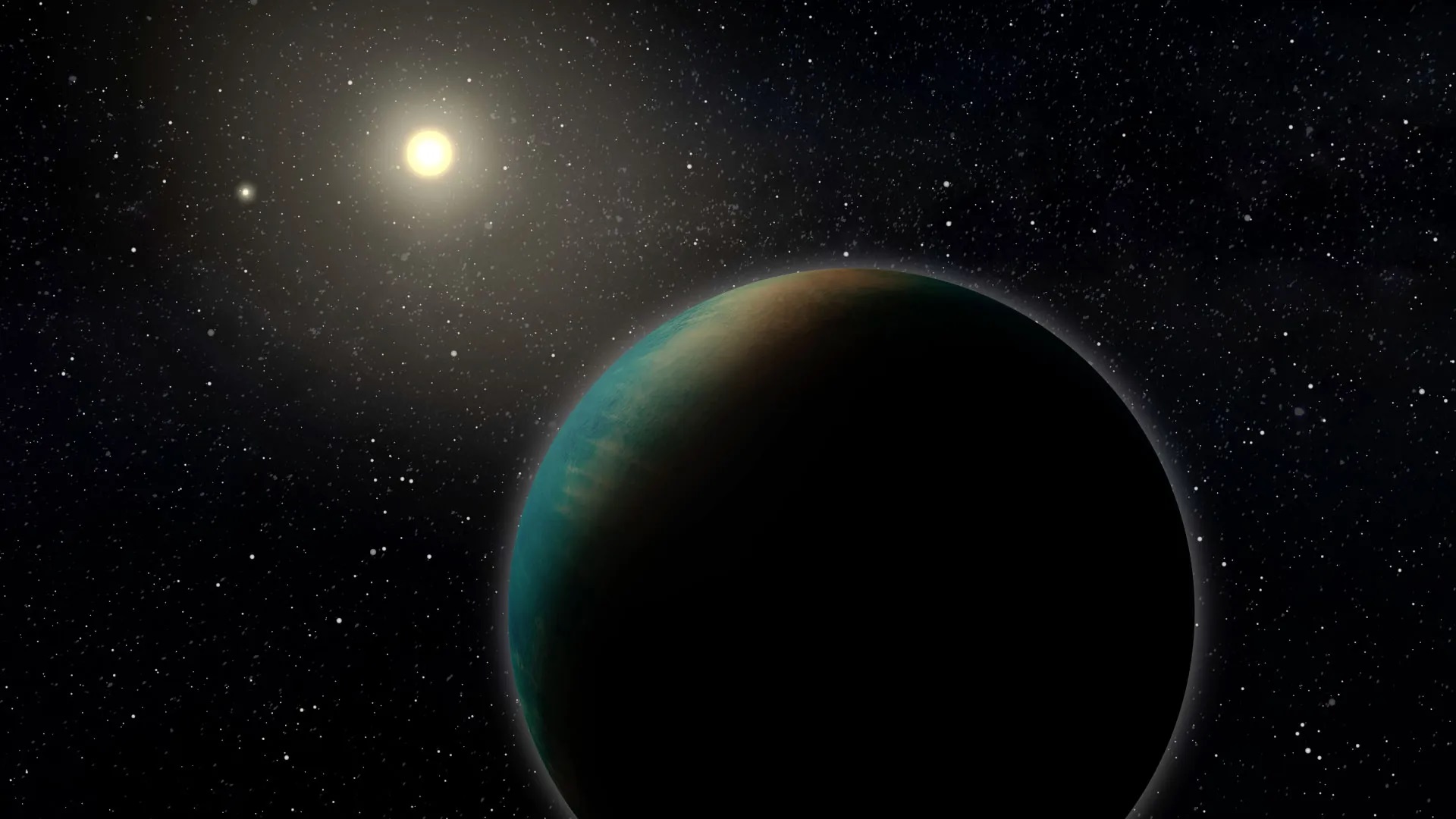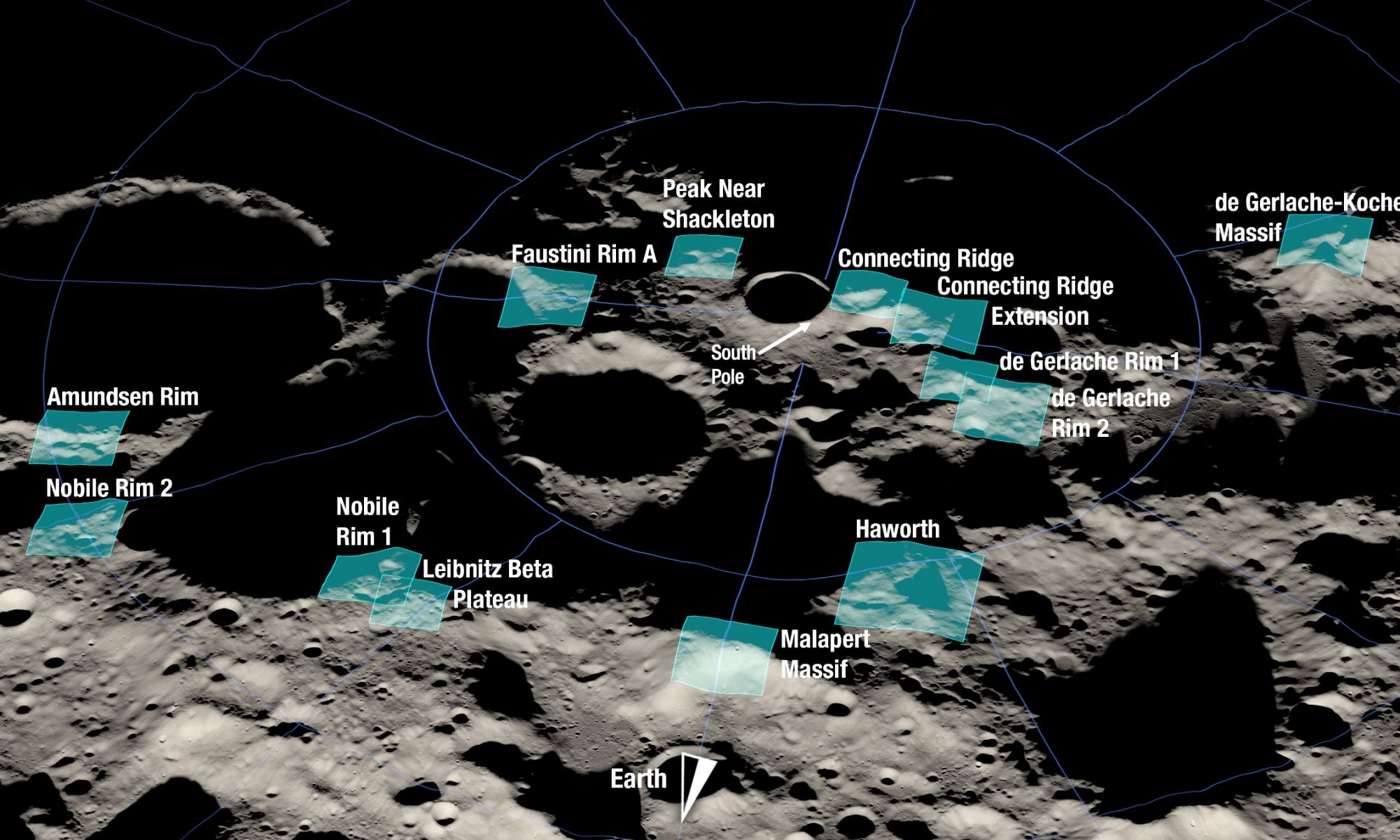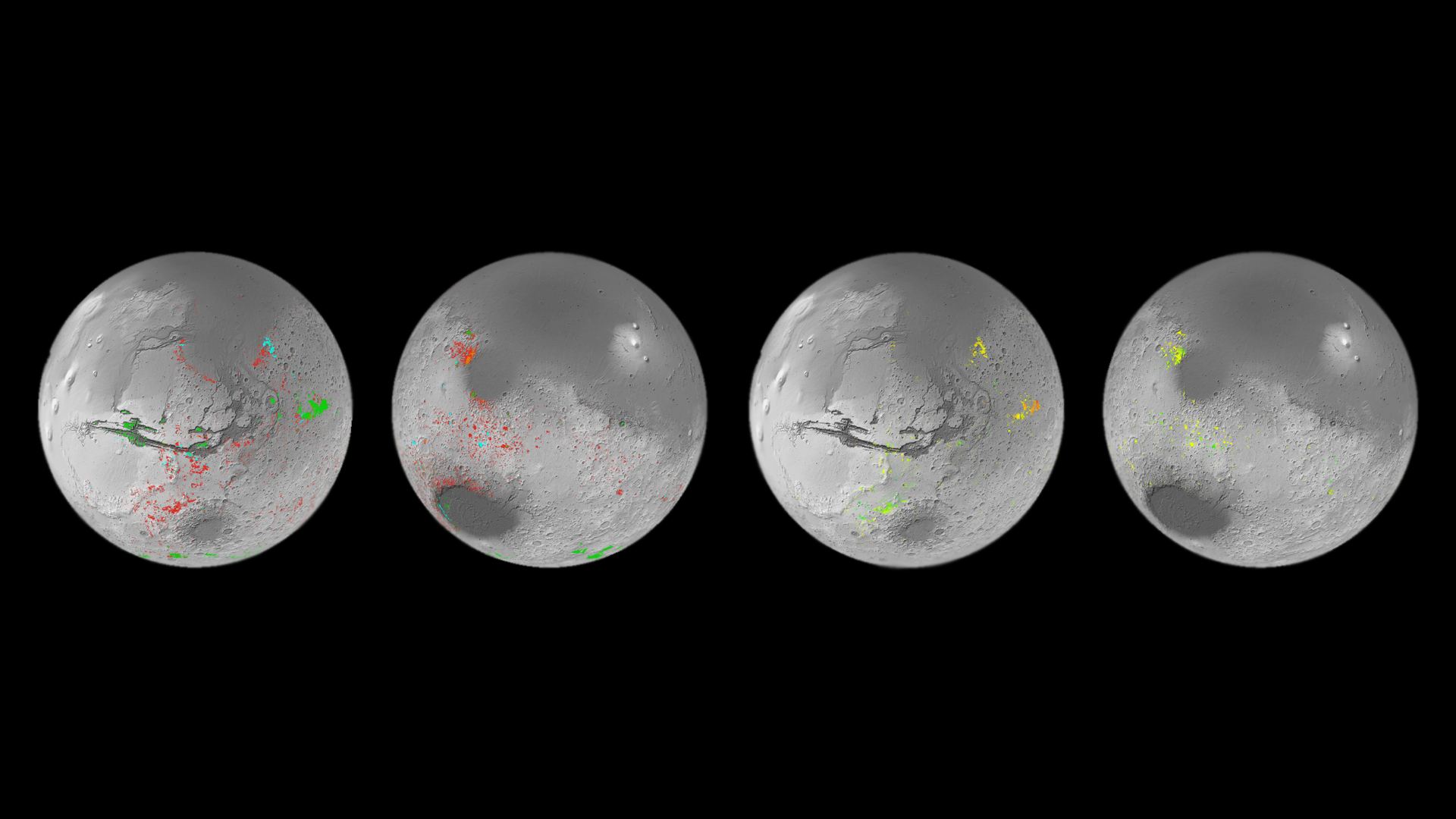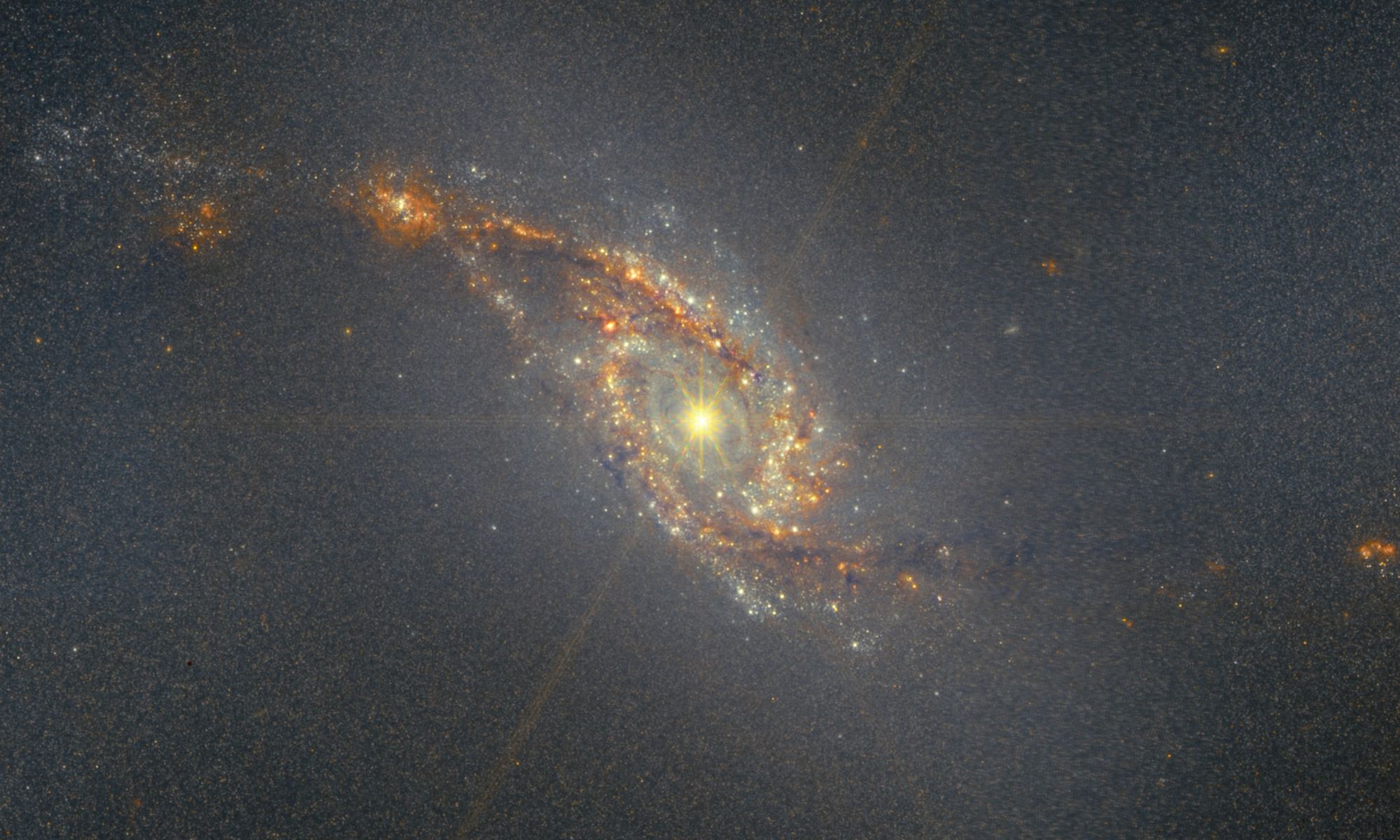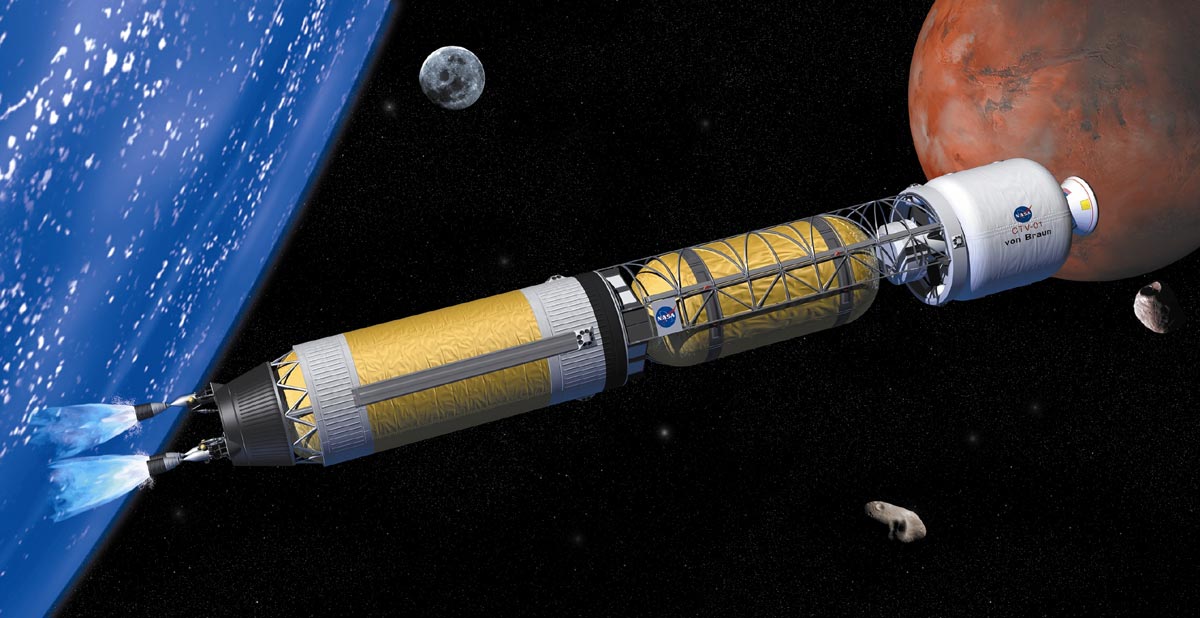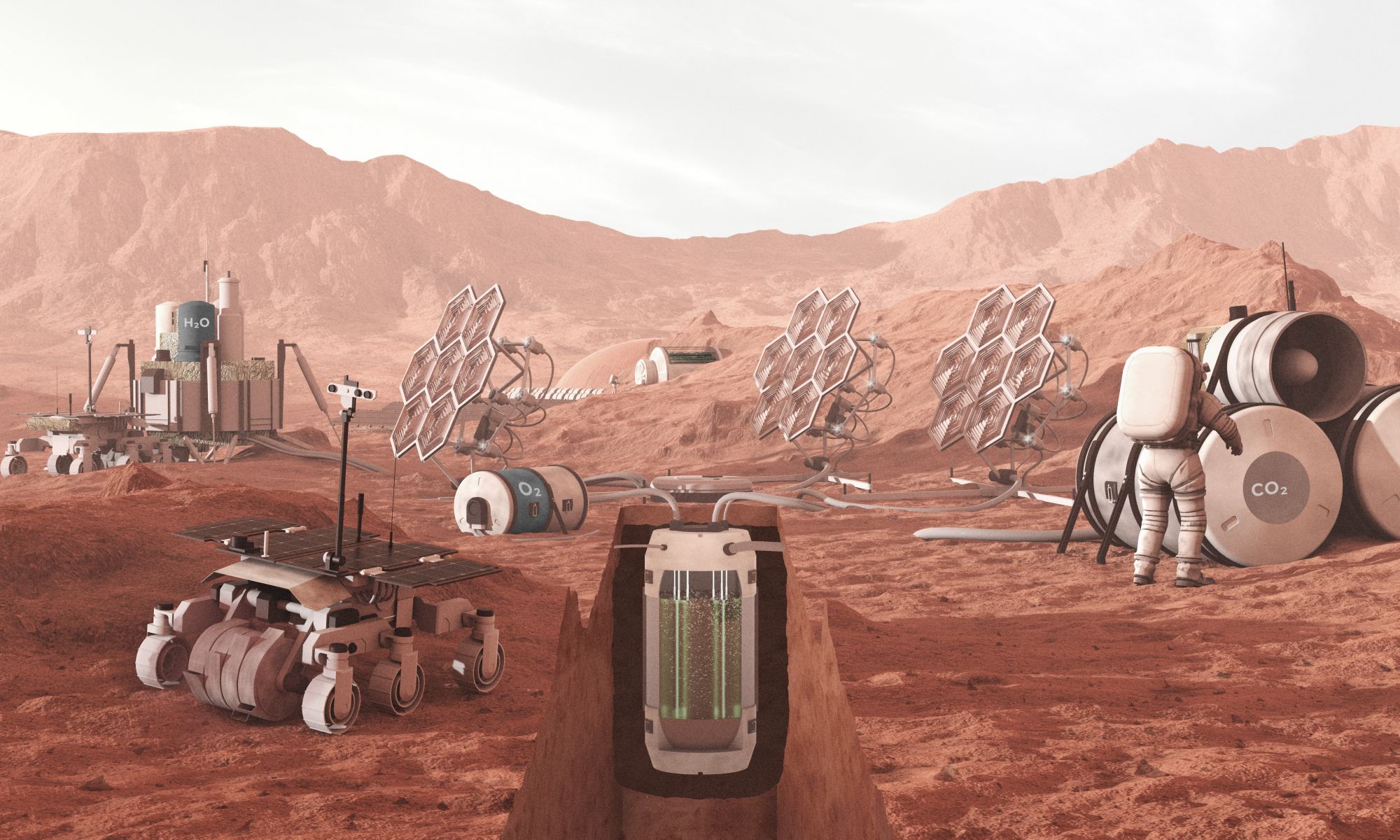For over a century, astronomers have known that the Universe has been expanding since the Big Bang. For the first eight billion years, the expansion rate was relatively consistent since it was held back by the force of gravitation. However, thanks to missions like the Hubble Space Telescope, astronomers have since learned that roughly five billion years ago, the rate of expansion has been accelerating. This led to the widely-accepted theory that a mysterious force is behind the expansion (known as Dark Energy), while some insist that the force of gravity may have changed over time.
This is a contentious hypothesis since it means that Einstein’s General Theory of Relativity (which has been validated nine ways from Sunday) is wrong. But according to a new study by the international Dark Energy Survey (DES) Collaboration, the nature of gravity has remained the same throughout the entire history of the Universe. These findings come shortly before two next-generation space telescopes (Nancy Grace Roman and Euclid) are sent to space to conduct even more precise measurements of gravity and its role in cosmic evolution.
Continue reading “A New Study Confirms That Gravity has Remained Constant for the Entire age of the Universe”

